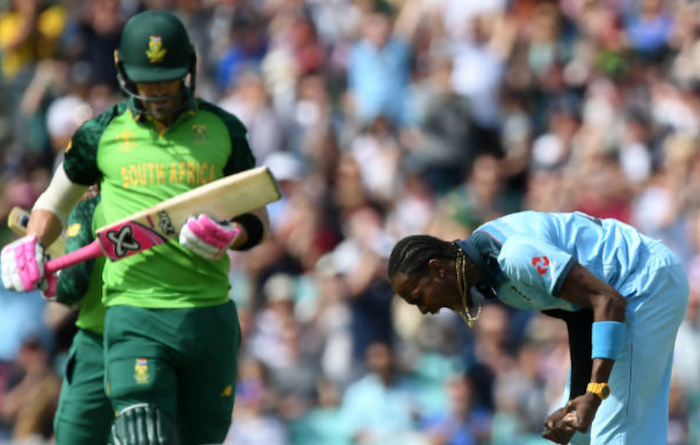While Test cricket remains the ultimate challenge, limited-overs batting has become another art altogether, and it’s something Cricket South Africa has to focus on ahead of the next World Cup, writes JOHN GOLIATH.
Even after the advent of 20-over cricket and the financial rewards that go with it, Test cricket is still regarded as the ultimate examination of a player’s skill and temperament.
It’s trial by fire for batsmen and bowlers alike. It’s the arena where you find out a lot about yourself as a sportsman and a person. ‘Can I run in and bowl 20 overs a day on a flat pitch in the heat of Colombo?’
‘Will I be able to cope with a barrage of short-pitched bowling on a spicy track at the Wanderers?’
Batsmen, in particular, need to be able to adjust a lot more than the bowlers. In five days of cricket they have to go from trying to handle seam, swing and pace to a ball that’s turning square.
South Africa has produced some truly top batsmen in the Test arena. Jacques Kallis will go down as the greatest of them all, while Graeme Smith, Hahsim Amla, AB de Villiers, Ashwell Prince and Faf du Plessis are among those who have played some match-winning knocks for their country under difficult circumstances.
The Proteas’ Test record over the last 15 years is right up there with the best, because the above gentlemen managed to adapt their games to thrive in all conditions and circumstances.
However, while the Proteas have mastered the art of batting in pressure situations in the Test arena, South Africa haven’t been able to replicate that success at the World Cup, which requires a different set of skills from batsmen.
South Africa’s ODI record is obviously not too shabby in bilateral series, but the team have struggled at the World Cup, mainly because of their inability to win matches batting second.
The Proteas have a terrible record chasing big scores at the Cricket World Cup. On the 12 occasions when the South Africans were set scores of 250 or more, they only managed to get over the line on two occasions.
In their first two matches of this World Cup, the Proteas lost to England by 104 runs and to Bangladesh by 21 after the opposition piled up 311 and 331 runs, respectively, at the Oval. Against Pakistan at Lord’s, the Proteas also fell well short of Micky Arthur’s team’s 308.
Losing regular wickets at crucial times and a lack of composure and match awareness – by senior players and rookies alike – were their downfall in all three run chases at this World Cup, and one of the main reasons why they have missed out on the semi-finals.
Chasing big scores in ODI cricket has become a bit of an art, and something that has separated the men from the boys. It’s something that has possibly surpassed Test-match batting in terms of the skills required to pull it off.
In Test cricket time is not really a factor, and batsmen can get through difficult periods by grinding it out. You can also just play ‘proper’ cricket and absorb pressure, without necessarily putting your team under pressure.
You can’t just sit back and wait out difficult periods in white-ball cricket. Good bowling, not wanting to lose a wicket, a difficult pitch and scoreboard pressure are all things that regularly come into play during a big run chase.
Your mind works overtime in a pressure run chase, because you have to think about the run rate, which bowlers to target, when to make the play and take a chance and what areas can you score in. The answers to those questions basically change after every over.
At the start of 2019, India captain Virat Kohli averaged 99.04 when chasing. It’s pretty ridiculous, isn’t it? Well, MS Dhoni actually had a better record at the same time!
Kohli knows how to pace an innings and combines his ridiculous talent with a game intelligence that is second to none. He also embraces the big moments and wants that responsibility of taking the team home. It’s a like drug for the India skipper.
Test cricket will always be the benchmark, but batting in ODIs, especially at World Cups, requires a more of the modern player than just a sound technique and the ability to hit boundaries.
In last season’s Momentum One-Day Cup in South Africa, there were a few standout performers in big run chases, but overall teams chasing lost more than half the matches played in the competition.
The talent is definitely there, but, while Proteas remain one of the top sides in Test cricket, they need to find a way to breed a few more Kohlis. Not necessarily in terms of talent, but in the way they approach ODI batting, especially at the World Cup.







